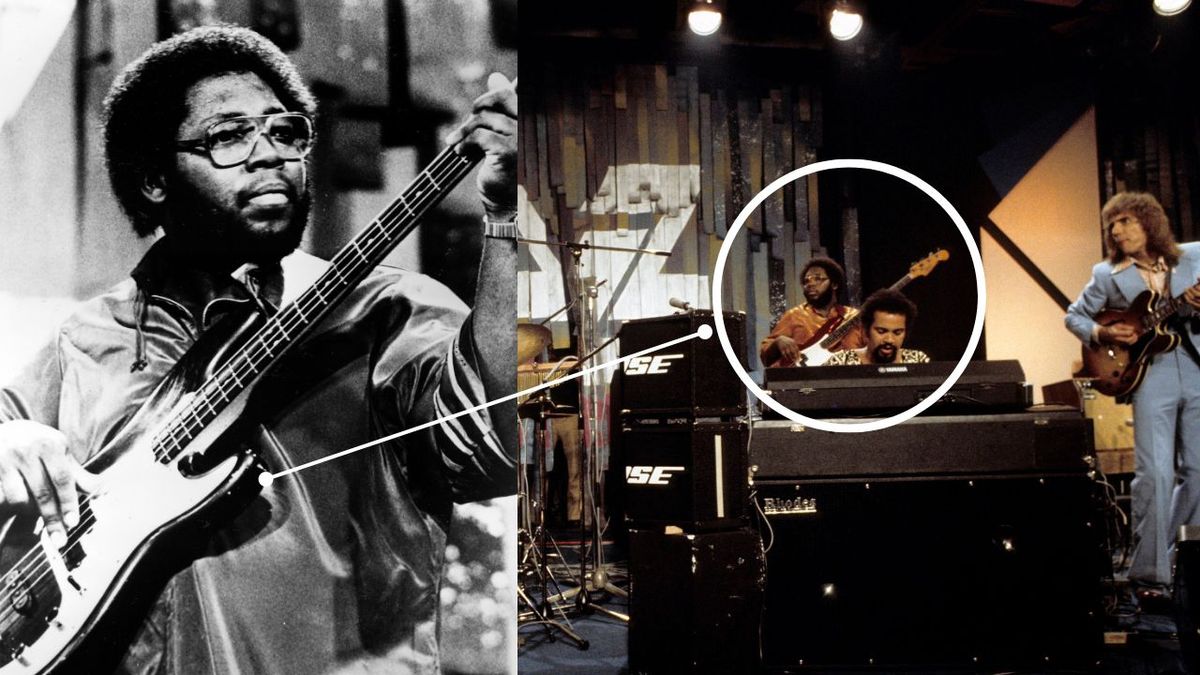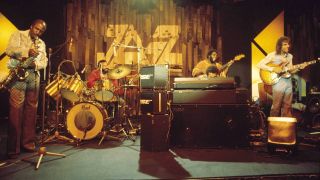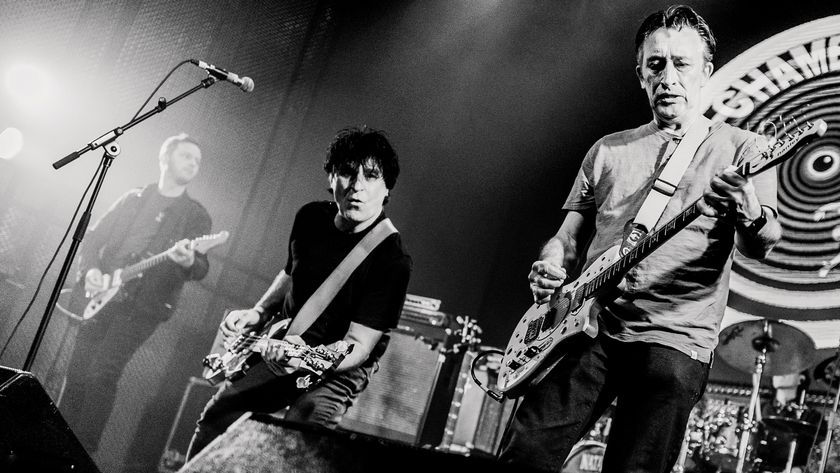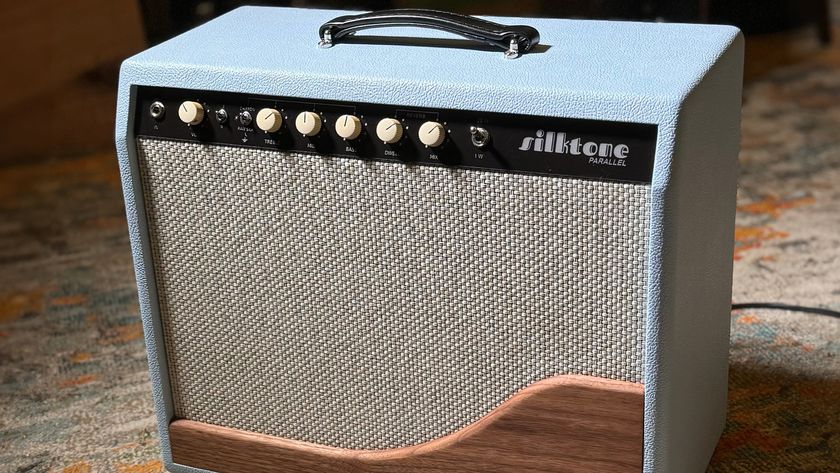“I’ve always been an on-the-one guy, and I knew I could count on Pops to be there every time”: Robert “Pops” Popwell’s basslines rivaled any of his session bass peers – and few are better than The Crusaders’ Sweet ’N’ Sour
Popwell played a red 1962 Fender Precision, with an added Telecaster pickup near the bridge

During his peak powers, from the late ’60s to the mid ’80s, the late Robert “Pops” Popwell rivaled the creative output of any session bass guitar peer, thanks to his soulful, Southern-rooted finger-funk feel and his uncanny command of slap bass in the early days of the technique – a period during which he also grew as a jazz musician with The Crusaders.
The Houston-born Crusaders (originally The Jazz Crusaders) – keyboardist Joe Sample, saxophonist/bassist Wilton Felder, drummer Stix Hooper, and trombonist Wayne Henderson – were the pre-eminent pioneers of groove jazz, covering R&B and pop tunes upon their 1960 arrival in L.A.
While Felton had a stellar side career as a session bassist with the likes of Marvin Gaye, the Jackson 5, Steely Dan, and Joni Mitchell, he couldn’t play both bass and sax at once, leading the band to employ a string of bassists that included Buster Williams, Monk Montgomery, Max Bennett, Chuck Rainey, James Jamerson (Sr. and Jr.), Alphonso Johnson, and Abraham Laboriel.
Yet many agree the group hit its soulful stride during Popwell’s three-album span.
In the middle of that run is the Crusaders’ most critically acclaimed disc, Free As the Wind. Popwell and Hooper are in peak form throughout, but they reach their most liberating heights on Sweet ’N’ Sour.
Hooper, the lone surviving original Crusader, recalled the album being done at Hollywood Sound Recorders, with him, Popwell, Sample, and Carlton first cutting the song’s rhythm track; Felder’s sax, the horns and strings, Ralph MacDonald’s percussion, and Dean Parks’ guitar were added later.
Popwell undoubtedly plucked his career bass, a red 1962 Fender Precision, which had an added Telecaster pickup near the bridge.
Get The Pick Newsletter
All the latest guitar news, interviews, lessons, reviews, deals and more, direct to your inbox!
“When Pops first auditioned, we had a hookup right away,” Stix told Bass Player. “I remember me and Joe looking at each other, knowing we’d found our man. I’ve always been an on-the-one guy; no matter what you play within a groove, the downbeat of the measure has to be firmly established, and I knew I could count on Pops to be there every time.”
The track starts with a unison rhythmic figure, leading into the sax head. Given space due to the long tones in the melody, Popwell and Hooper recognize that they’re providing the energy, and while locked on the one, they operate independently of each other, to exhilarating effect.
Over the first eight measures, Popwell’s unorthodox ascending figure smacks of a written or suggested line, as it answers the melody. For the melody’s B section, Hooper implies his trademark double-time feel, while Popwell moves to his signature, Jamerson-inspired root-fifth-octave shape to boogie along.
“We had a special connection. If I went to double time he was right with me, and whenever I’d add an inflection, he would play something that enhanced it.”

A restatement of the intro figure finds a fired-up Pops adding percussive thumb slaps in the first ending. Listen for subtle variations, leading to the unison descending line that ends the pre-coda section of the tune.
Joe Sample’s Rhodes solo starts with the two-chord vamp. Popwell and Hooper break it down, with Pops adding cool end-of-measure fills, including the syncopated fill that Hooper magically matches with his kick.
Larry Carlton’s guitar solo introduces the IV minor chord into the mix (Ebm9). For Wilton Felder’s tenor solo, the two-chord vamp changes are back, and Popwell has some cool new ideas, including dead-note thumb slaps and the approach from the Ab below to the Bb root.
Following the return to the sax head, Popwell restates his original line and then soars with a rousing climb for the start of another B section. Listen as the bass fades out of the mix around 07:52 and fades back in around 08:21.
Advised Hooper: “The feel combines laying in the pocket and pushing, but the overall intent is to drive the piece.”
Chris Jisi was Contributing Editor, Senior Contributing Editor, and Editor In Chief on Bass Player 1989-2018. He is the author of Brave New Bass, a compilation of interviews with bass players like Marcus Miller, Flea, Will Lee, Tony Levin, Jeff Berlin, Les Claypool and more, and The Fretless Bass, with insight from over 25 masters including Tony Levin, Marcus Miller, Gary Willis, Richard Bona, Jimmy Haslip, and Percy Jones.

“You can set up amplifiers and drums to your heart’s content”: Gene Simmons defends paid roadie scheme

“I woke up to a DM from Shirley Manson asking if I'd be interested in the gig. We had never met”: Former Smashing Pumpkins bassist Nicole Fiorentino on how she landed her role in Garbage – with no audition












